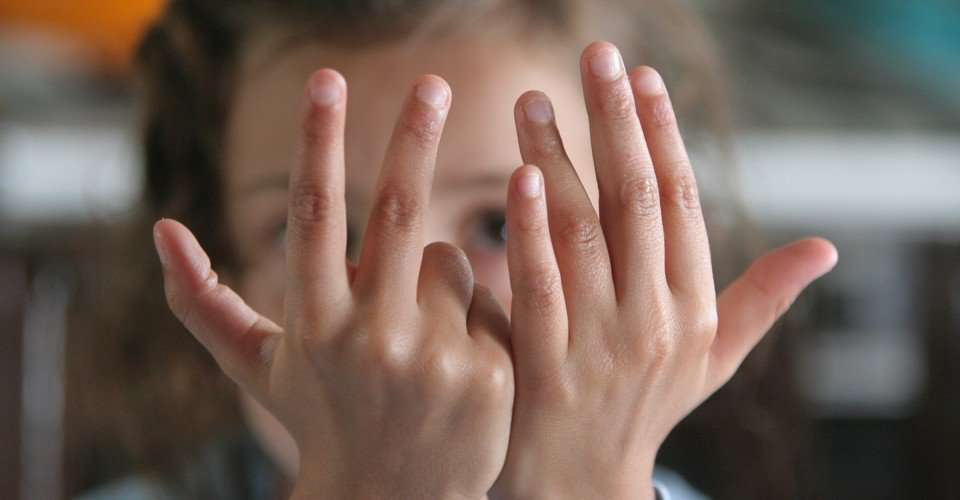Evidence from both behavioral and neuroscience studies shows that when people receive training on ways to perceive and represent their own fingers, they get better at doing so, which leads to higher mathematics achievement. The tasks we have developed for use in schools and homes (see below) are based on the training programs researchers use to improve finger-perception quality. Researchers found that when 6-year-olds improved the quality of their finger representation, they improved in arithmetic knowledge, particularly skills such as counting and number ordering. In fact, the quality of the 6-year-old’s finger representation was a better predictor of future performance on math tests than their scores on tests of cognitive processing.
Neuroscientists often debate why finger knowledge predicts math achievement, but they clearly agree on one thing: That knowledge is critical. As Brian Butterworth, a leading researcher in this area, has written, if students aren’t learning about numbers through thinking about their fingers, numbers “will never have a normal representation in the brain.”
One of the recommendations of the neuroscientists conducting these important studies is that schools focus on finger discrimination—not only on number counting via their fingers but also on helping students distinguish between those fingers. Still, schools typically pay little if any attention to finger discrimination, and to our knowledge, no published curriculum encourages this kind of mathematical work. Instead, thanks largely to school districts and the media, many teachers have been led to believe that finger use is useless and something to be abandoned as quickly as possible. Kumon, for example, an after-school tutoring program used by thousands of families in dozens of countries, tells parents that finger-counting is a “no no” and that those who see their children doing so should report them to the instructor.
Stopping students from using their fingers when they count could, according to the new brain research, be akin to halting their mathematical development. Fingers are probably one of our most useful visual aids, and the finger area of our brain is used well into adulthood. The need for and importance of finger perception could even be the reason that pianists, and other musicians, often display higher mathematical understanding than people who don’t learn a musical instrument.
Teachers should celebrate and encourage finger use among younger learners and enable learners of any age to strengthen this brain capacity through finger counting and use. They can do so by engaging students in a range of classroom and home activities, such as:
Give the students colored dots on their fingers and ask them to touch the corresponding piano keys:
Give the students colored dots on their fingers and ask them to follow the lines on increasingly difficult mazes:

StupidizeMe on September 26th, 2019 at 03:16 UTC »
I taught a 5 year old do a few simple addition problems. It cracked me up when he was counting on his fingers and without missing a beat used his nose as an extra digit! (He got the right answer too.)
groundhog_day_only on September 26th, 2019 at 02:48 UTC »
TIL there are teachers who discourage counting on fingers.
carlsonivan on September 26th, 2019 at 01:56 UTC »
Some Japanese are so good at the abacus that they dont need it anymore and just use their fingers using an imaginary abacus.